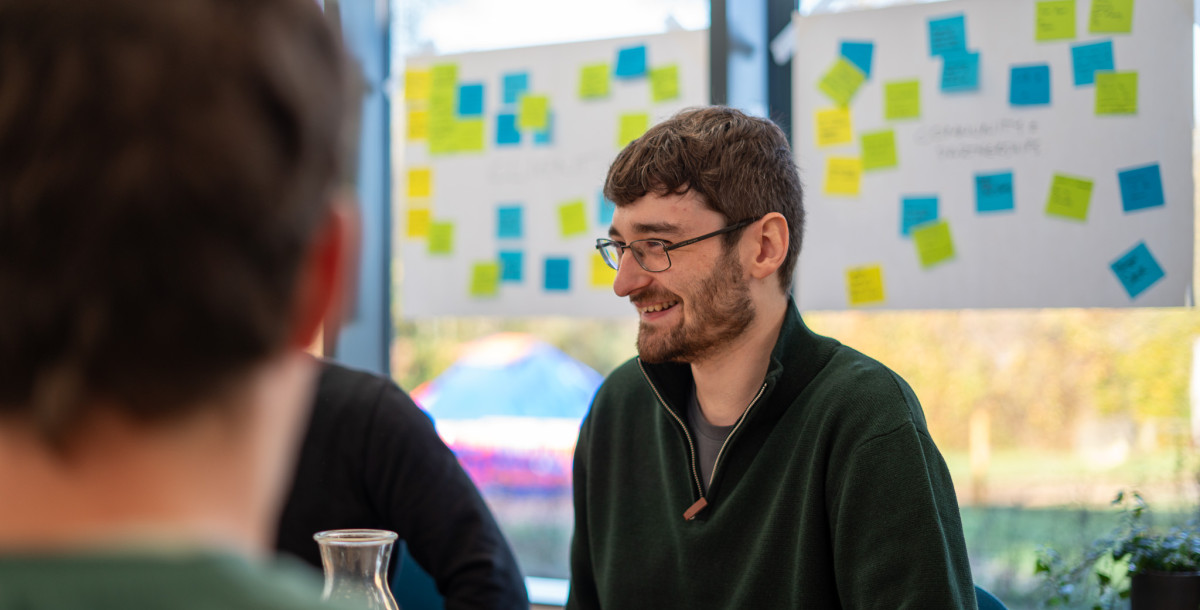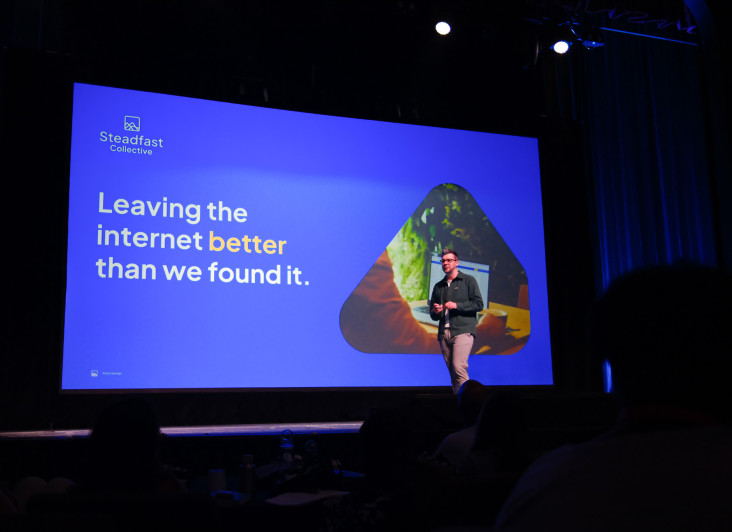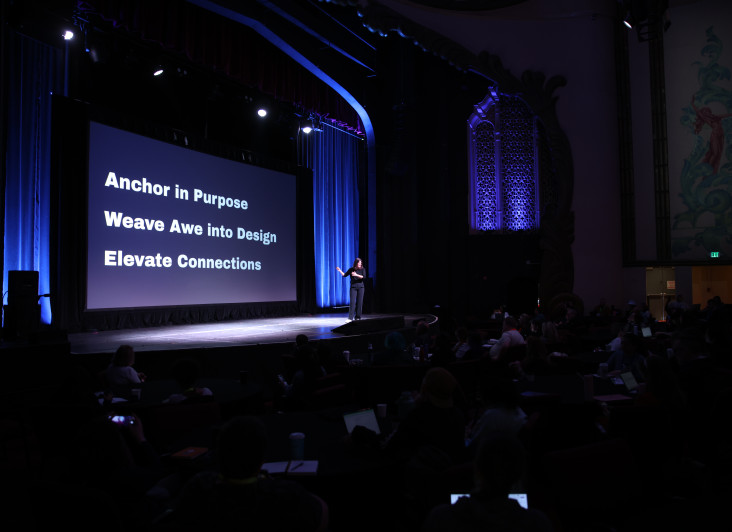The magic of cohorts: How small groups can drive engagement in large communities

People turn to online communities to connect with others who share similar interests. However, when an online community grows, those similar interests can start to feel few and far between.
Seasoned members can feel disconnected as new members enter the space. They may become disinterested in the conversations or even drop-off due to no longer feeling that close bond.
By breaking larger communities into smaller and more focused groups (also known as cohorts), community managers can help members find a deeper sense of belonging and drive higher levels of engagement.
What communities can take from cohort-based learning
Cohort-based learning (CBL) is a popular learning model where students achieve learning goals as a group instead of in isolation. CBL means everyone progresses together through interaction, feedback, and shared experiences. The CBL model also helps each student stay accountable.
This format has been described as “collaborative, community-inspired and strength-based” and can be applied to online communities to encourage ongoing participation. It can be particularly effective for communities where consistent effort is crucial, such as health and fitness, education, and apps focused on habit changes.
High engagement
According to a study, learning in cohorts can increase your chance of completion. Cohort-based courses have a completion rate of over 90%, compared with self-paced course completion rates as low as 3%. This stark contrast shows how effectively CBL keeps people engaged and motivated.
For online communities, peer encouragement and shared progress can create a sense of purpose and collective momentum.
A single purpose
CBL works well because it brings together individuals with a narrowly defined goal or topic. In a learning context, this might mean progressing through a course together. Inside online communities, it could mean achieving a particular milestone or solving a shared problem.
Imagine a large fitness community that has a small percentage of amateur runners who would love to complete a marathon. While all community members share an interest in fitness, creating a cohort for the running enthusiasts means creating a place where they can relate, encourage, and speak with others about their day-to-day journey towards their marathon goal.
Cohorts ensure community members remain invested in their progress by focusing on a singular purpose.

Why do cohorts work in communities?
The success of cohorts inside communities comes from basic human psychology—people are more inclined to connect deeply in smaller groups because they feel seen and heard.
It’s easy to feel like a number in larger communities, especially when the space is noisy or the content is too generalised. Instead of continually stepping up the participation ladder and being a highly involved member, members may move down in a growing community, going from a creator or leader role to an observer or passive member.
Cohorts inside communities allow you to niche down into what your members want. The more specific the content and discussions are to each member, the better. We know the value of being a customer-centric brand—from revenue growth to client retention—so cohorts can help you bring member happiness to the forefront of your online community.
When you introduce these focused groups, you also allow members to form closer bonds and more meaningful conversations with one another. They feel part of a more exclusive group, encouraging participation and member retention.
Can you introduce cohorts to an established community?
Older communities can experience a maturation effect, with member turnover high as initial participants lose interest or shift their focus. Cohorts can change this.
Let’s think of a freelancing community.
Those who joined the community at the beginning were likely novices at the time, new to freelancing and searching for networking opportunities and support from other amateur freelancers. However, as these freelancers learn, grow, and become more skilled in this area, they’ll look to the freelancing community for something different.
This growing community could struggle to maintain high participation rates as experienced freelancers may no longer find value in the general discussions.
Cohorts can help by creating smaller, more relevant groups based on interests, skill level, or goals with this freelance community. For example, new freelancers might join a cohort within the community focused on landing their first client, while seasoned freelancers could join a cohort around scaling their business.
Members would likely stay more active because they’re part of a group with aligned goals rather than getting lost in a vast and growing community.

How to introduce cohort-based onboarding to your online community
Communities are more likely to be successful when you onboard members with a clear sense of purpose and direction. Organising members into smaller groups from the outset will make them feel confident to participate and motivated to reach their personal goals.
Here’s our top four tips:
Group new members by interests
Ask members about their specific interests, challenges, or goals during onboarding. Use this information to group them with like-minded individuals. This will make it easier for them to start conversations and engage with each other.
For an online personal trainer (OPT) community, you might ask questions such as:
What are your fitness goals for the next six months?
Do you prefer strength training, cardio, or a combination of both?
Are you training for a specific event, such as a fitness competition or a weight-loss milestone?
These questions help you connect with your members as a community manager and allow you to match members with similar people so conversation flows more naturally.
Create exclusive challenges or tasks
Introduce challenges or prompts that are only available to specific groups. This makes the experience feel unique so cohorts can bond over shared activities.
Let's take Peloton as an example. Peloton recently introduced a new feature called Peloton Teams that allows members to create groups of up to 100 friends, set shared goals, and monitor each other’s progress through a shared leaderboard.
This feature amplifies that sense of accountability and creates hyper-specific groups and challenges within Peloton’s huge community ecosystem.
Encourage early connections
When members introduce themselves at the very start, it creates a foundation for stronger relationships and makes it easier for people to engage. You may even have a dedicated person who welcomes new members.
For example, the OPT community might ask each new member to share their fitness journey, what they’re currently working on, and their biggest fitness challenge. You could also ask about their favourite workout tips to spark early conversation and create a supportive environment.
Provide follow-up support
Don’t leave new members after onboarding. Check in periodically with cohorts to keep the engagement alive. Offer follow-up tasks, exclusive content, or private virtual events to ensure ongoing participation.
For the running cohort in the fitness community, you could offer follow-up support in the form of weekly virtual group runs where members track their distance on a shared app and discuss their progress afterwards. For a strength training cohort, you might offer personalised workout plans that progress in difficulty, allowing members to push towards their next milestone together.
Checking in regularly with the cohort and offering new challenges or resources will help maintain a sense of community.
Create lasting connections in your online community
Grouping members into more purpose-driven cohorts encourages stronger relationships and long-term engagement. Whether you’re just getting started or managing a large community, cohorts can help you create a more engaged and active member base.
At Steadfast Collective, we’re always looking for the best ways to balance growth with meaningful interaction. Our applications and membership websites are community-focused, helping your members get the most out of your community. Let’s chat today!
More Articles

Can you track it?
Every budget is being put under the microscope right now, and quite right too.

When to Build Your Own Membership Platform (and When Not To)
I’ll let you in on a secret, not every membership organisation needs a bespoke membership platform.

Design for AWE
Anchor. Wonder. Connection. The blueprint for unforgettable memberships.

